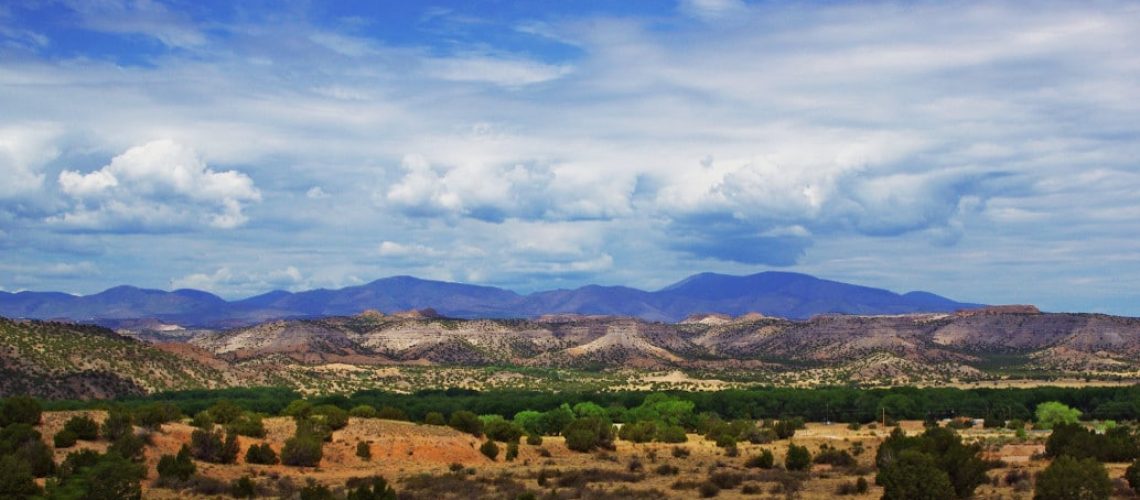The Nature Conservancy, a nonprofit group with a prominent voice among land conservationists, is promoting a study that modeled high-renewables scenarios for the western U.S. at increasing levels of constraints on solar and wind deployment.
In most model runs, new solar and wind would not be deployed on protected lands, such as national parks and endangered species habitat. In the most constrained runs, renewables would also not be built on land with a high conservation value, such as farmland with high soil quality.
“Do not fret, there is still plenty of land available,” said study co-author Emily Leslie, principal of energy consultancy Montara Mountain Energy, in a webinar. The most stringent constraints would still leave about 20 times more land for solar than is needed, 14 times more land for offshore wind than needed, and three times more land for onshore wind than needed, said the study’s lead author Grace Wu, a professor at UC Santa Barbara.
Other researchers have found that solar development can have positive effects on wildlife habitat, as in Nevada, where a desert solar farm was found to improve desert tortoise habitat. Research is ongoing into how agricultural yields are affected by solar development.
The conservancy’s study projected that 414 GW of solar would be needed in the 11 western states studied to meet a high electrification goal, along with 145 GW of wind power and 80 GW of storage. Of all the scenarios evaluated, the high electrification scenario, which would electrify transportation and heating and achieve net-zero emissions, was found to need the least amount of land and ocean area for siting renewable generation. That’s largely because electricity now used to produce fossil fuels for transportation and heating would no longer be needed.
The solar deployments were modeled as 260 GW of large-scale solar and 154 GW of distributed solar, which the authors said was 35% of distributed solar’s technical potential. Distributed solar would consist of 80 GW of rooftop solar plus 74 GW of “urban infill” solar, defined as ground-mounted solar on undeveloped land in more densely populated areas.
The study also proposed an optimal deployment of additional transmission capacity, including reconductored transmission lines and co-located lines, and assessed the visibility of transmission lines and renewables developments.
The conservancy recommended “improved energy and decarbonization planning to maximize community, conservation and economic benefits,” and stated other policy goals, in an executive summary document.
Evolved Energy Research performed the modeling used in the study, using the RIO capacity expansion model in a way that ensured system reliability. The Nature Conservancy developed siting exclusions through stakeholder consultations, and summarized the findings from its interviews.
Study co-authors included five staff members of The Nature Conservancy, while fifteen other staff members provided contributions and feedback. The research study, titled ” Minimizing conservation impacts of net zero energy systems in the western United States,” has been submitted for peer review. A web page posted by the conservancy provides more background.
The conservancy plans a similar study for the entire U.S.
The Nature Conservancy has protected 125 million acres of land worldwide.



